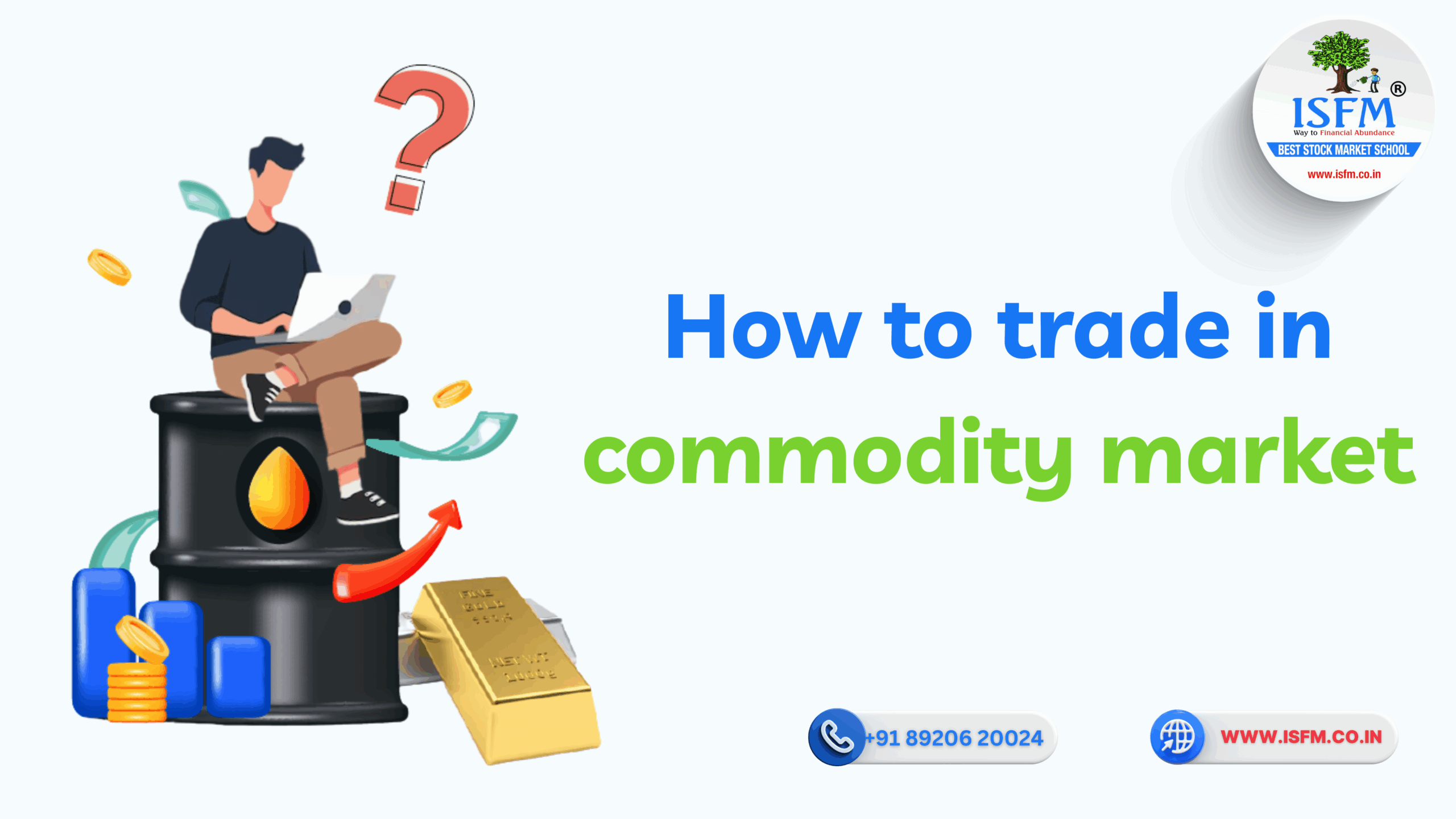How to Trade in the Commodity Market: A Comprehensive Guide with Pros, Cons, and Strategies

The commodity market—one of the oldest financial ecosystems—plays a pivotal role in global trade. It facilitates the exchange of essential raw materials such as gold, crude oil, and agricultural products. Evolving from ancient barter systems to modern digital trading platforms, this market offers critical functions like price discovery and risk management.
Whether you’re a farmer hedging prices, a business protecting profit margins, or an investor diversifying assets, this guide explores how to trade in commodities, its importance, and actionable strategies to succeed.
Key Features of the Commodity Market
- Physical vs. Derivatives Trading
- Trade actual goods (like gold or wheat) or invest via derivative contracts such as futures and options without physical ownership.
- Types of Commodities
- Hard Commodities: Gold, silver, crude oil, natural gas.
- Soft Commodities: Coffee, sugar, wheat, cotton, livestock.
- High Volatility
- Prices fluctuate based on global events, weather, and supply-demand dynamics.
- Leverage Opportunities
- Use margin trading to control larger positions with smaller capital—amplifying both profits and losses.
- Global Access
- Trade across international exchanges like NYMEX, MCX, and LME, often with near 24/7 access.
- Two Main Participants
- Hedgers protect against price fluctuations.
- Speculators seek to profit from market movements.
Why is the Commodity Market Important?
- Efficient Price Discovery: Reflects real-time supply-demand conditions.
- Risk Mitigation: Helps industries protect against price swings.
- Diversification Tool: Low correlation with stocks or bonds.
- Economic Barometer: Rising or falling commodity prices often reflect macroeconomic trends.
- Supports Industrial Growth: Ensures raw material supply for various sectors.
Pros of Trading in the Commodity Market
Diversification: Reduce dependency on equity markets.
Inflation Hedge: Commodities like gold retain value during inflation.
High Liquidity: Trade popular commodities with ease.
Leverage: Potential for higher returns with small capital.
Transparency: Exchange-regulated prices reduce manipulation.
Cons of Trading in the Commodity Market
Volatility: Markets can move drastically with geopolitical or environmental events.
Leverage Risk: High leverage can lead to heavy losses.
Complex Influences: Weather, trade policies, and political tensions affect prices.
Storage Costs: Physical commodities incur additional costs.
Speculative Manipulation: Some illiquid markets may be prone to manipulation.
Why Does the Commodity Market Exist?
- Historical Foundation: Born from ancient trade systems to enable consistent exchange.
- Modern Relevance: Meets the demand for raw materials with stable pricing.
- Hedging Mechanism: Lets businesses and producers lock in future prices.
- Speculative Environment: Attracts investors seeking returns from volatility.
- Economic Stability: Facilitates supply chain continuity across borders.
How to Trade in the Commodity Market: 7-Step Guide
- Choose Your Trading Approach
- Decide between physical trading, futures, options, or commodity ETFs.
- Select a Market
- Choose between MCX (India), NYMEX (USA), or other global exchanges.
- Open a Trading Account
- Use a reputable broker like Zerodha, Angel One, or Interactive Brokers.
- Develop a Trading Strategy
- Technical Analysis: Use chart patterns, RSI, MACD.
- Fundamental Analysis: Follow crop reports, geopolitical news, or OPEC decisions.
- Risk Management
- Set stop-loss levels, limit position size to 1–5% of your capital.
- Stay Updated
- Use platforms like Investing.com or Bloomberg for real-time updates.
- Start with Paper Trading
- Practice risk-free using simulation platforms before going live.
Bonus Tip: Commodity Trading Strategies
- Trend Following: Ride the momentum using indicators like moving averages.
- Seasonal Patterns: Trade based on historical seasonal trends in agriculture.
- Spread Trading: Profit from the price difference between related commodities (e.g., Brent vs. WTI crude).
- News-Based Trading: React swiftly to breaking news or inventory reports.
Conclusion
Trading in the commodity market offers a world of opportunities for investors and hedgers alike. With the right knowledge, tools, and strategy, you can unlock its potential while managing risks effectively. Whether you’re aiming to diversify your portfolio or protect against inflation, commodities can play a vital role in your financial journey.


